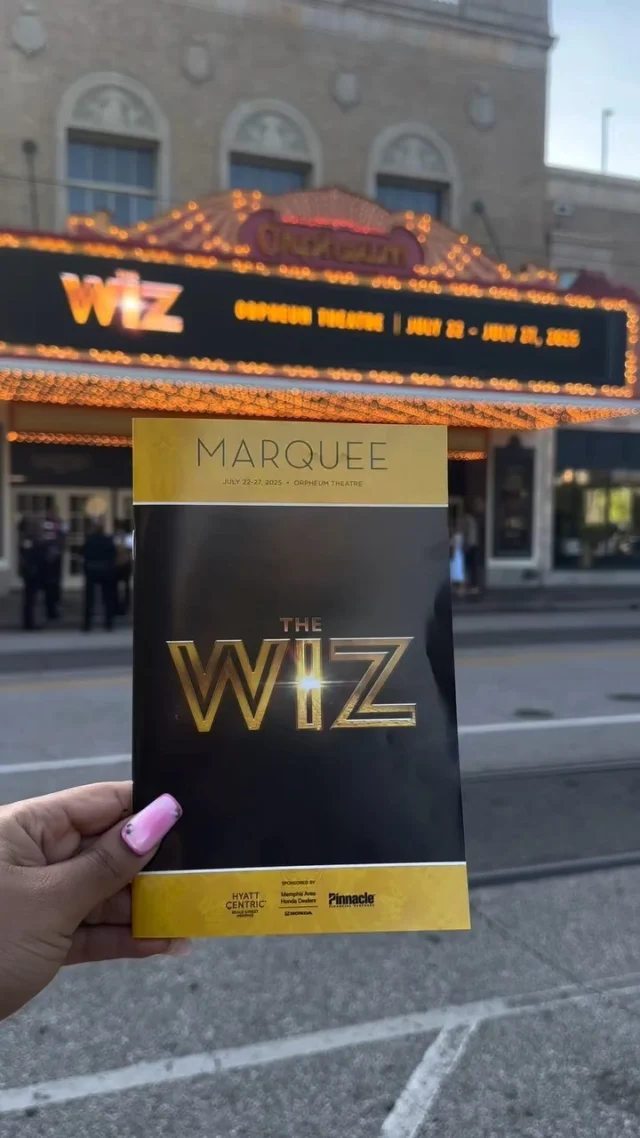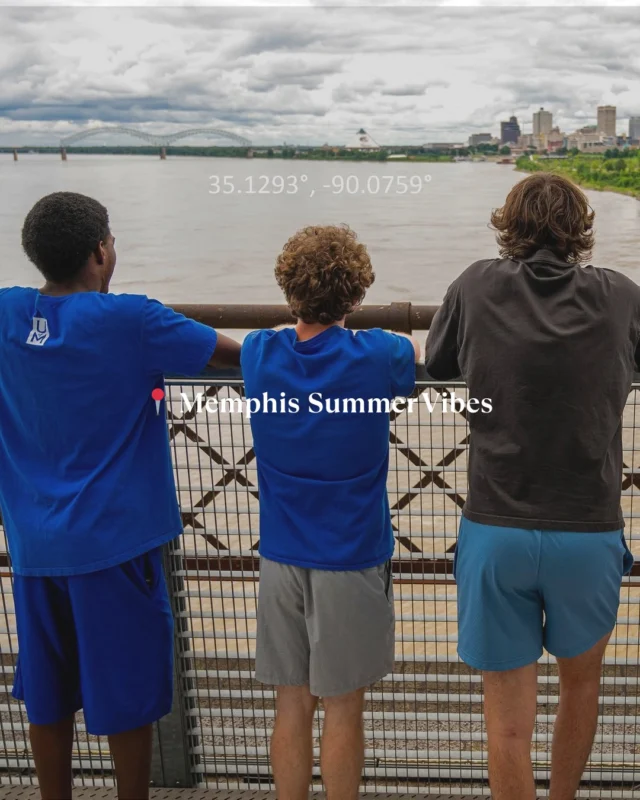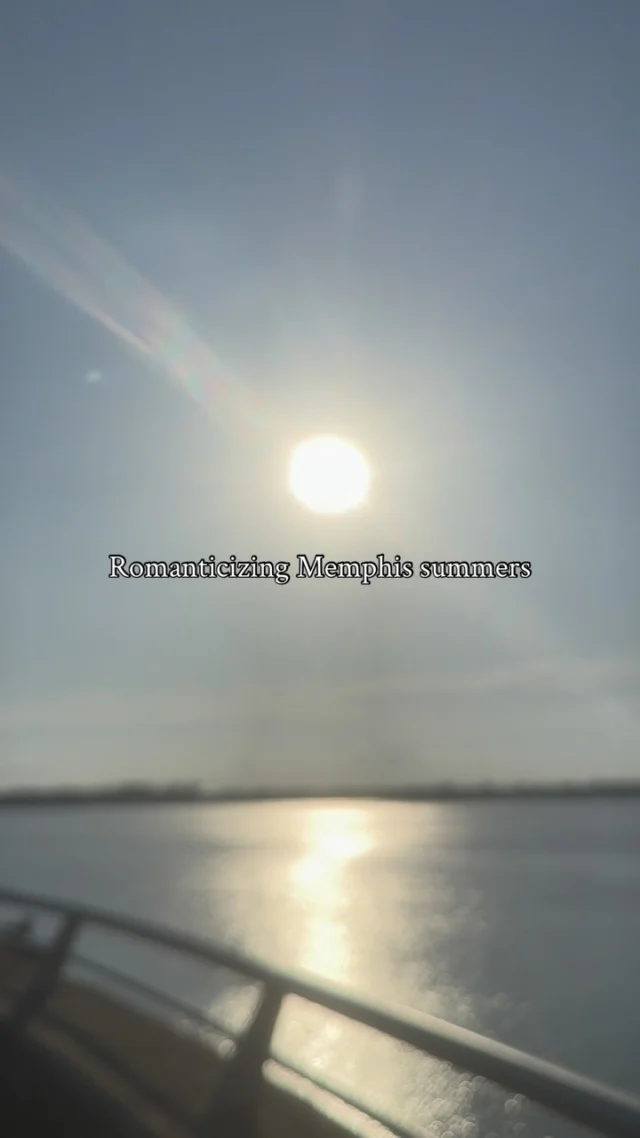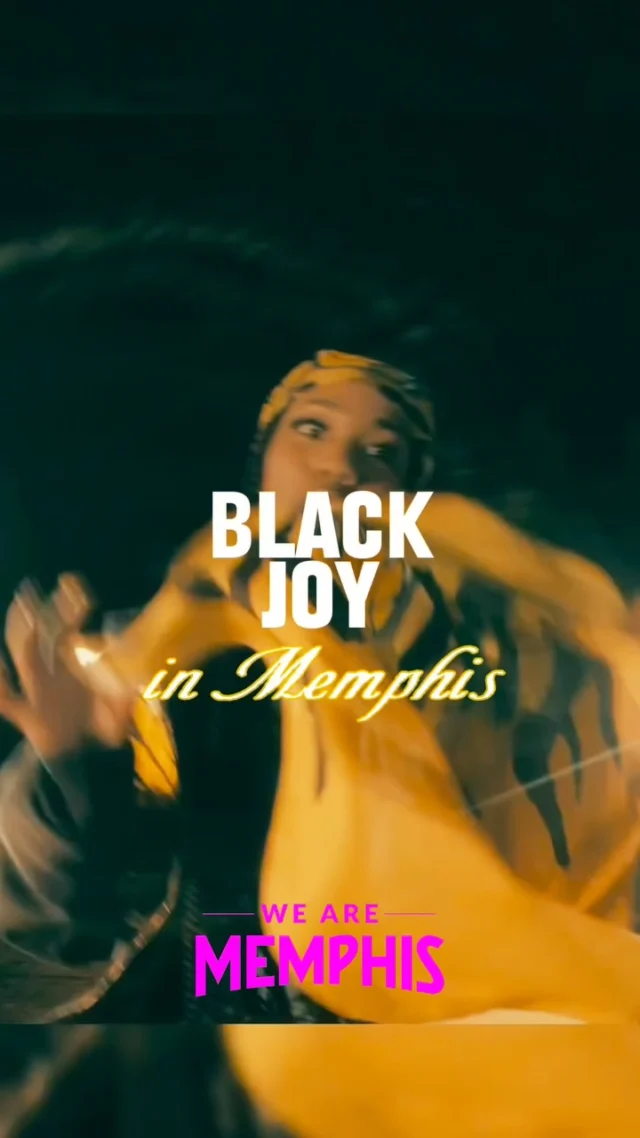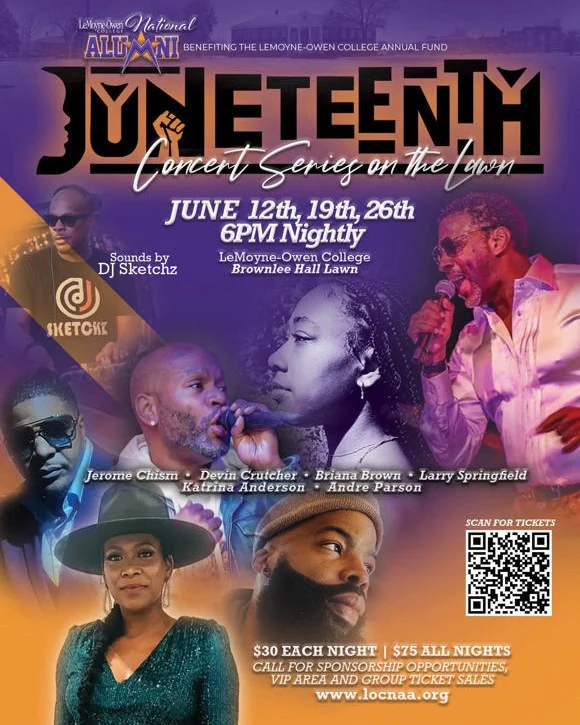This weekend, Memphis takes center stage in a whole new way — as the cultural heartbeat behind Sinners, the latest film from acclaimed director Ryan Coogler (Black Panther, Creed, Fruitvale Station).
Blending blues music with Southern folklore and supernatural intrigue, Sinners hits theaters Friday, April 18, and it’s not just another Hollywood blockbuster — it’s a cinematic love letter to the American South, with Memphis as a key source of inspiration.
A Story Rooted in the Delta, Powered by Memphis Sound
Set in 1932 Clarksdale, Mississippi, Sinners follows twin brothers Smoke and Stack (both played by Michael B. Jordan) as they return home after serving in World War I and working for Al Capone in Chicago. They open a juke joint, but the story quickly dives deeper — exploring the spiritual power of music, time travel, and even vampirism.
It’s a Southern Gothic tale grounded in the musical and cultural legacies of our region. Memphis and the Mississippi Delta don’t just inspire the plot — they shape it.
A Creative Pilgrimage to Memphis
In early 2024, Coogler and Oscar-winning composer Ludwig Göransson came to Memphis and North Mississippi to immerse themselves in the roots of the blues. Local legend Lawrence “Boo” Mitchell of Royal Studios personally led the duo on a journey through the Delta, calling it a “musical family reunion.”
They met musicians, walked through the B.B. King Museum, and recorded at Royal Studios, where Göransson worked directly with Memphis greats — including blues icon Bobby Rush, Charles Hodges of the Hi Rhythm Section, Tierinii Jackson of Southern Avenue, and guitarist Eric Gales. The result? A soundtrack that is as steeped in soul as it is in cinematic tension.
Memphis Artists in the Spotlight
Memphians didn’t just influence Sinners — they helped build it. Göransson collaborated with a roster of regional musicians that reads like a who’s who of blues, soul, and roots music: Cedric Burnside, Sharde Thomas-Mallory, Raphael Saadiq, Brittany Howard, and even Luther Dickinson. A special rendition of Howlin’ Wolf’s “Wang Dang Doodle” was produced in Memphis, using Royal Studios as a musical basecamp.
A Film That Honors the South’s True Stories
What sets Sinners apart is its deep respect for the region’s culture and history. From consulting with the Mississippi Band of Choctaw Indians to accurately portraying the lives of Chinese grocers in the Delta during the 1930s, the filmmakers left no stone unturned. Every detail — from “plantation bucks” used in sharecropping economies to the symbolic use of Haint Blue and Hoodoo — was intentionally and authentically woven into the story.
Boo Mitchell summed it up best: “Their approach was really refreshing… they had so much respect for the music, the land, and keeping things as authentic as possible.”
Why This Matters for Memphis
“Sinners” is more than a movie — it’s a reminder that Memphis continues to shape American culture, sound, and storytelling. Our city’s influence echoes far beyond Beale Street, and this film is proof that the soul of Memphis still drives the future of art.
So when you head to the theater this weekend, know that you’re not just watching a film — you’re witnessing what happens when Memphis soul meets Hollywood storytelling.
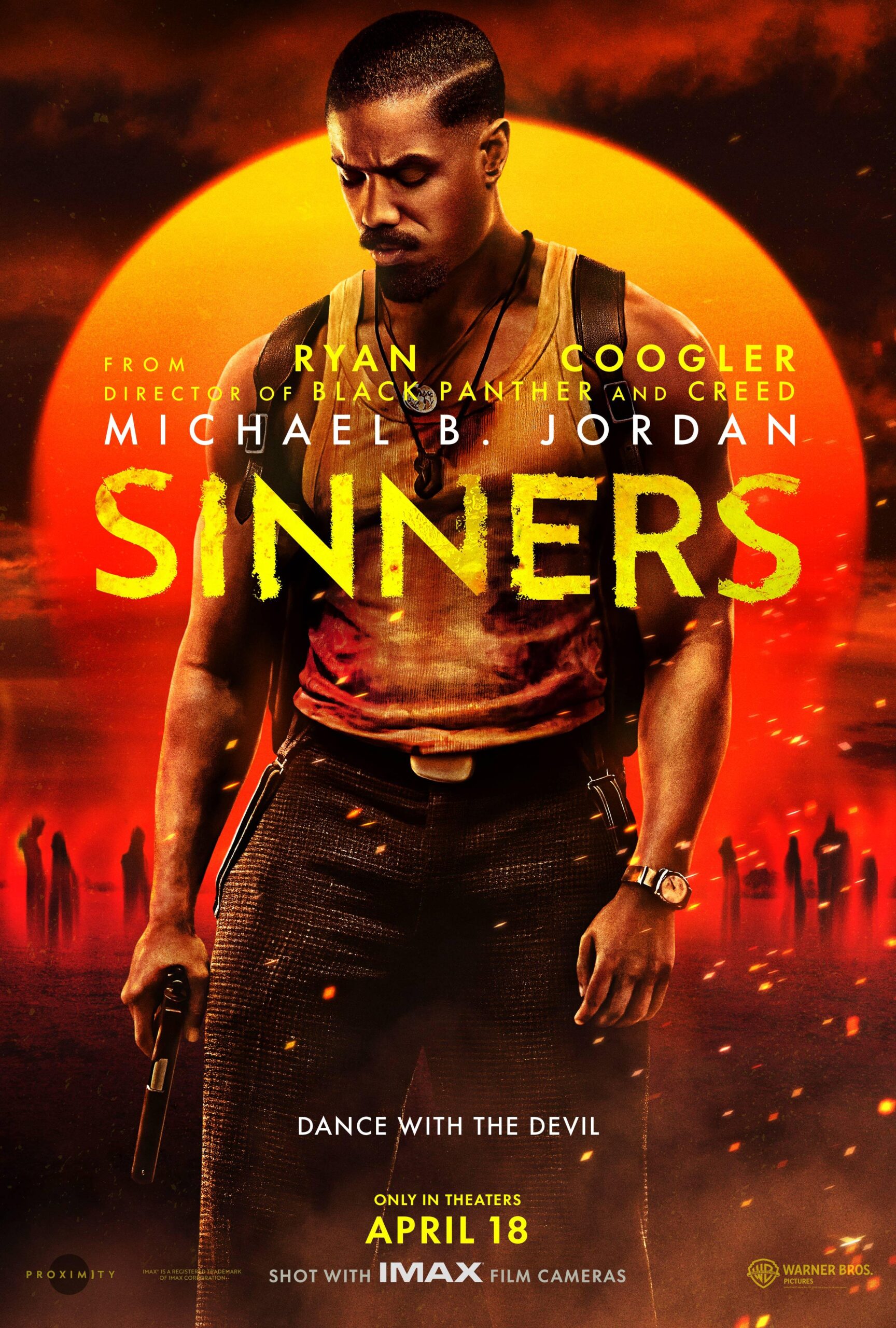







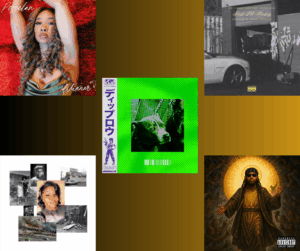
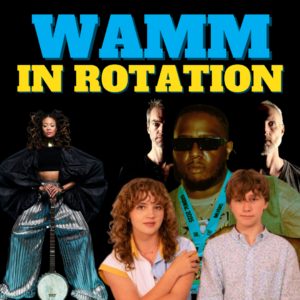









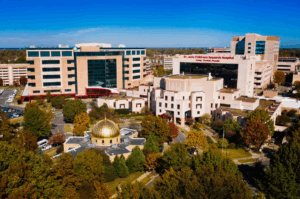







![The countdown is ON, Memphis! We’re officially 30 days out from the @unitememphis 5K + 1-Mile Walk/Run—and this year, we’re stepping into unity on 901 Day 🙌🏽
📍 Monday, September 1 | National Civil Rights Museum
🕘 Start time: 9:01AM
🎶 Food, music & fun to follow
Whether you’re walking or running, this isn’t just a race—it’s a movement. And there’s no better time to join in than now. 👟✨
🎓 COLLEGE STUDENTS: Be one of the first 100 to register using your .edu email with promo code NEXTGENUNITE and your ticket is just $10 (that’s a $32 savings 👀). Limit 2 per person, so tell a friend!
Let’s walk. Let’s run.
Let’s #UniteMemphis 💛
🔗 [link in bio]](https://wearememphis.com/wp-content/uploads/sb-instagram-feed-images/526805187_18335272954206022_6056852028660485499_nfull.webp)
